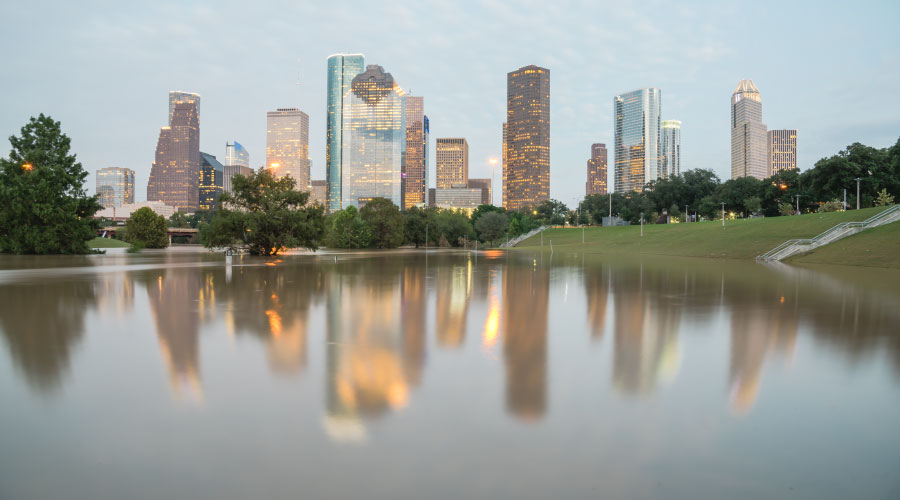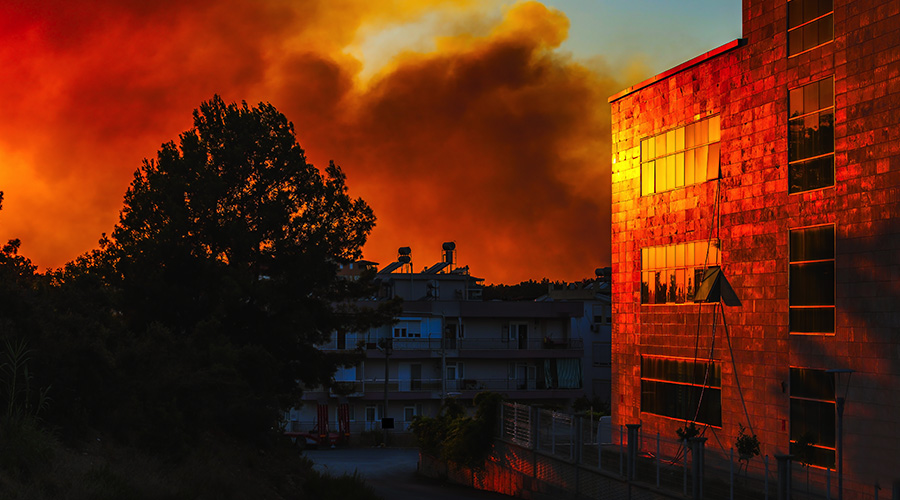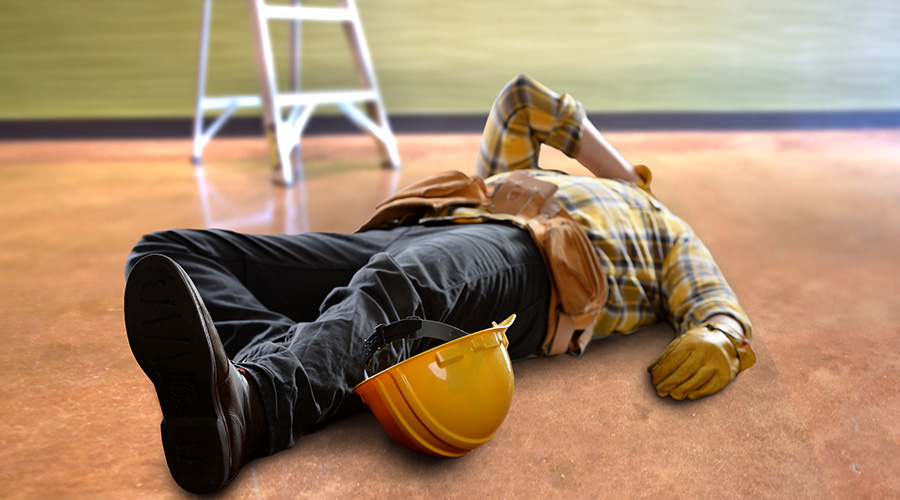Clearly Defined Objectives Help Make Emergency Preparedness Drills More Effective
After a plan is in place, experts say, the next steps are determining what you want to know, what aspects of the plan need to be tested, and what the scope of the drill will be. However, that's one small piece of advice that requires an immense amount of thought and discussion. The fire drill in San Francisco took about a year to plan, for instance, and of course, not every facility manager will have that type of capacity for planning a drill. But it highlights another piece of advice: "The drill scale should be no larger than the objectives it intends to test," says Talbot. "Complexity doesn't equal quality when it comes to drills." In fact, clearly defined objectives help make emergency preparedness drills more effective.
If facility managers have never conducted a drill before, keeping the scale manageable is the tack to take. Truly, there's no specific definition of "drill." A drill can be anything that helps increase the efficacy of an emergency preparedness plan. Ellis says, "one of the things we do a lot is play the 'what if' game. That can get much more complicated than you'd think it would."
Another idea is simply to test systems, press buttons, recall elevators, and basically just make sure all equipment is working properly. Do this on a regular schedule, whether required by code or not. There's nothing worse than a complex plan being felled by a short circuit somewhere, say these experts.
"Planning a large scale event can be overwhelming," says Lou Cuneo, director, facilities management for the American Academy of Opthamology and a co-chair of the BOMA San Francisco emergency preparedness committee. "But smaller steps, like testing pieces of equipment and emergency communication systems, is smart."
Rosenbluth also advises that, if you're drilling for the first time, keep it in house. When you start feeling comfortable with your plan and your systems, it'll be important to enlist the help of first responders. There's simply no substitute for having first responders familiar with you, your emergency preparedness plans, and your facility, says Rosenbluth.
"Be interactive with them a lot," advises Ellis. "Make sure they know your name." That's a strategy Guevara fully endorses as well: "When you meet with the fire department, you get to know those people pretty well. Having a relationship with the fire department where you can call a decision-maker and be on a first-name basis is really important. They can respond and answer questions, and you don't have to go through the bureaucracy." When first responders become involved and you've formed relationships, it might be a good time to start thinking about scaling up for a full drill.
And there are several facets of planning these experts recommend — pick a date and time that strikes a balance between the drill being realistic and it not inhibiting facility operations. That's one reason a Sunday was selected for the Post Montgomery Center fire drill last July. "We had 250 firefighters and about 60 volunteers, so it was pretty chaotic," says Guevara.
Not halting facility operations for any extended period of time is one strategy that will help get buy-in from upper management, a key step to a successful drill as well, says Talbot. Also, make sure occupants know what's happening — you don't want to be firing a starter pistol in the facility as part of the drill and have occupants think it's a real shooter. Finally, work carefully with the first responders in the weeks and months leading up to the drill on communications.
Related Topics:














